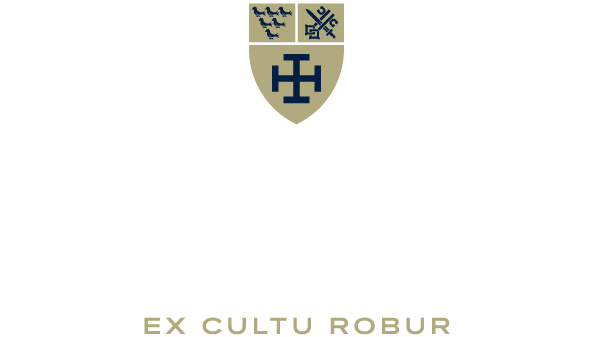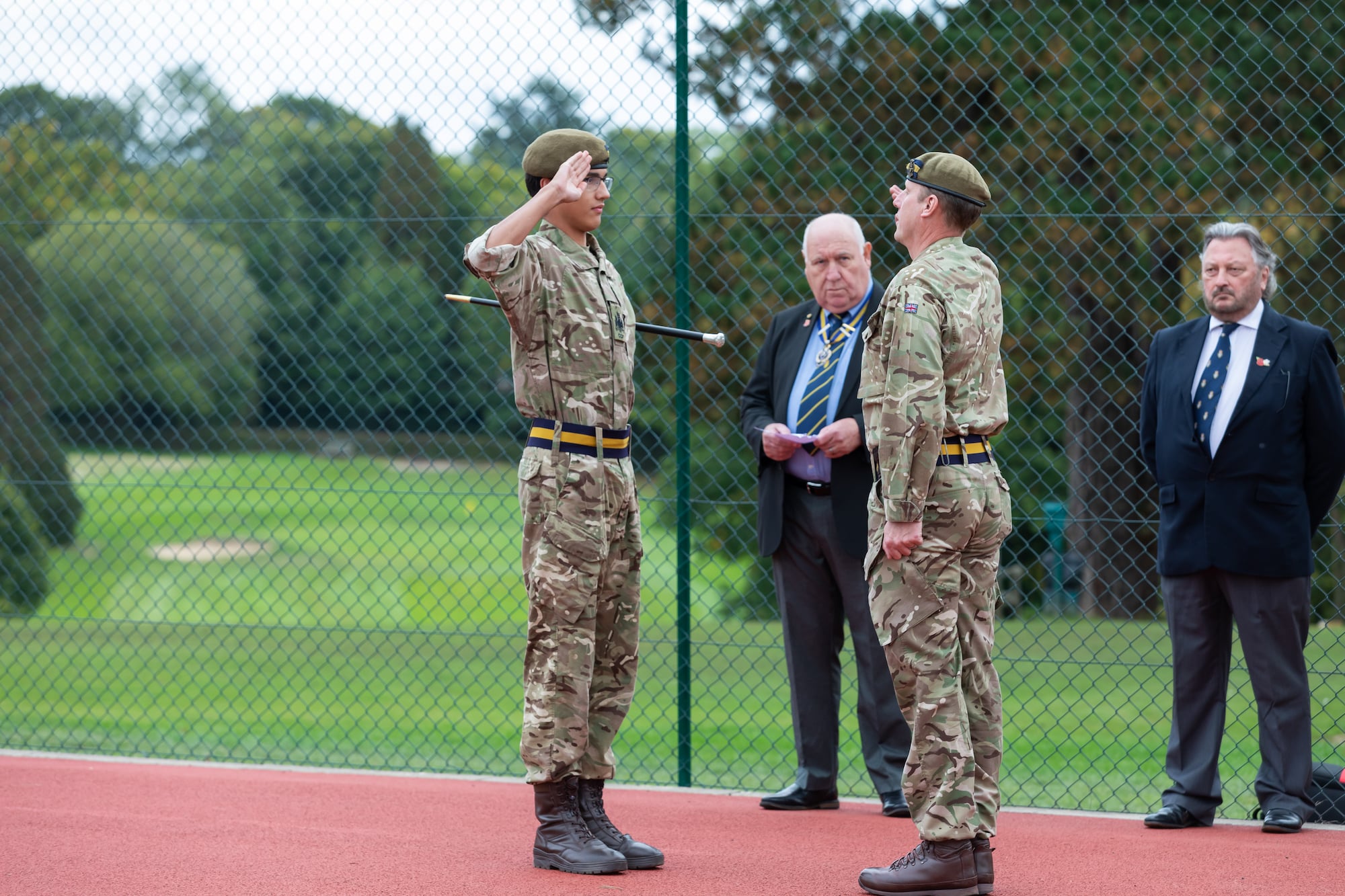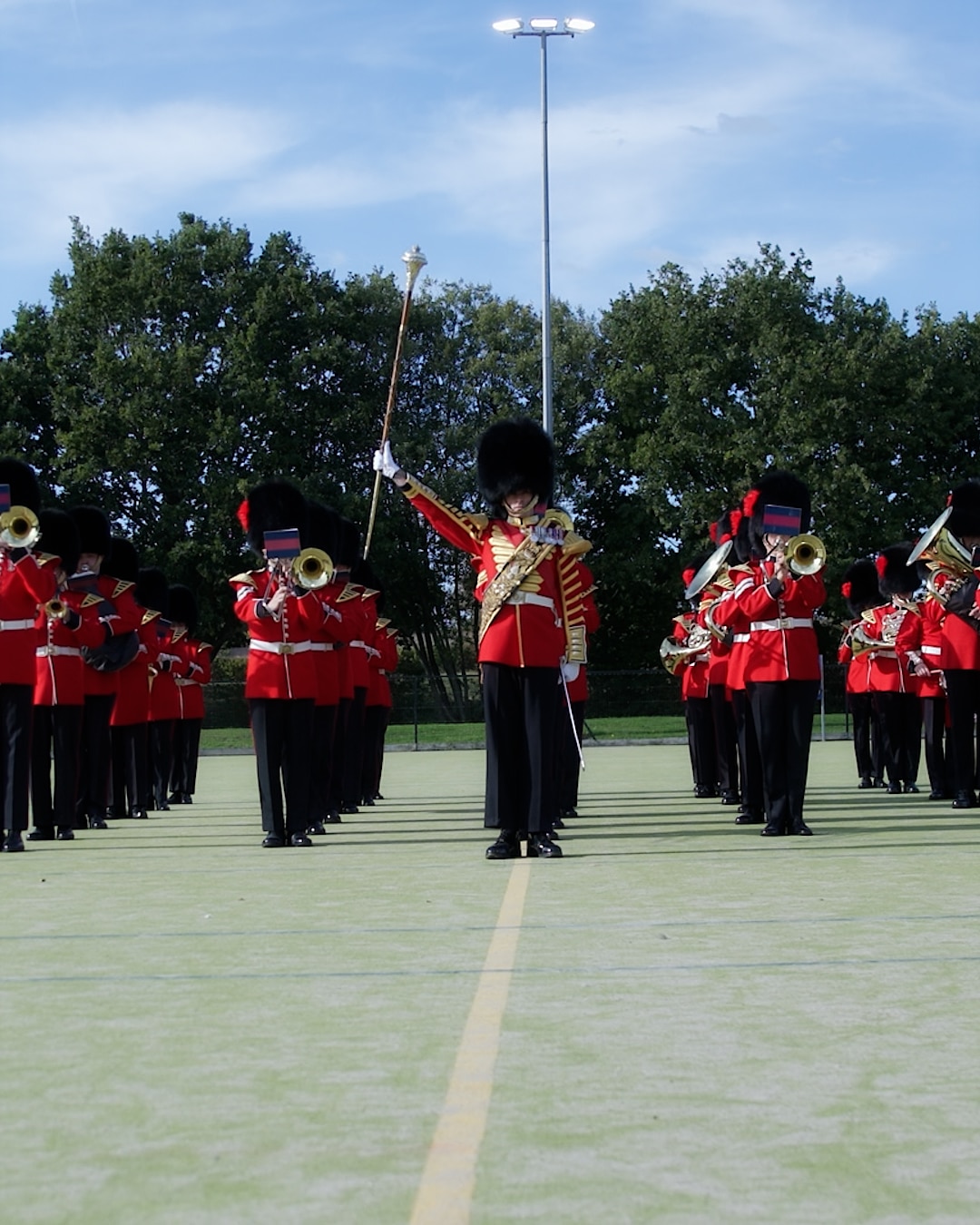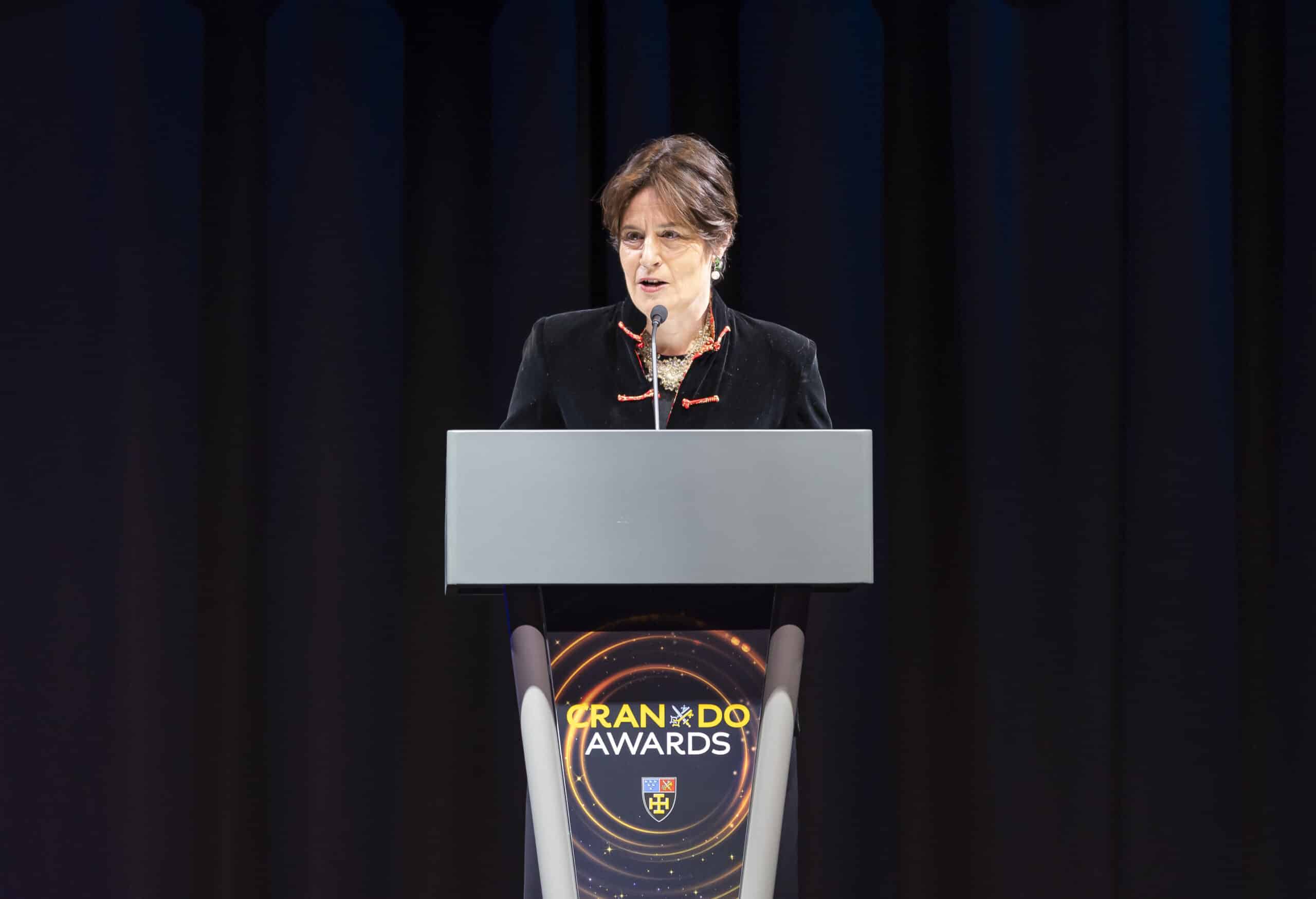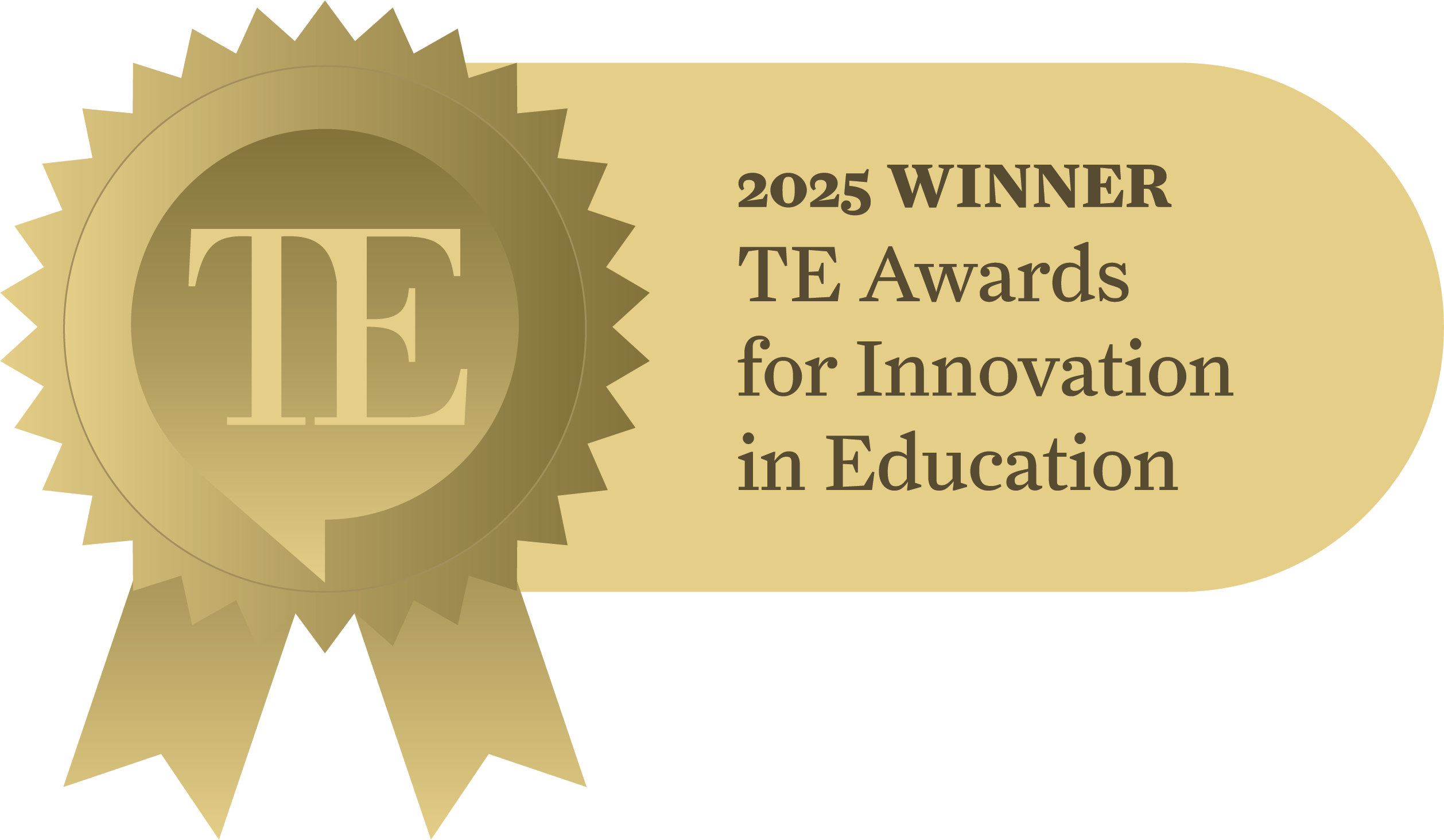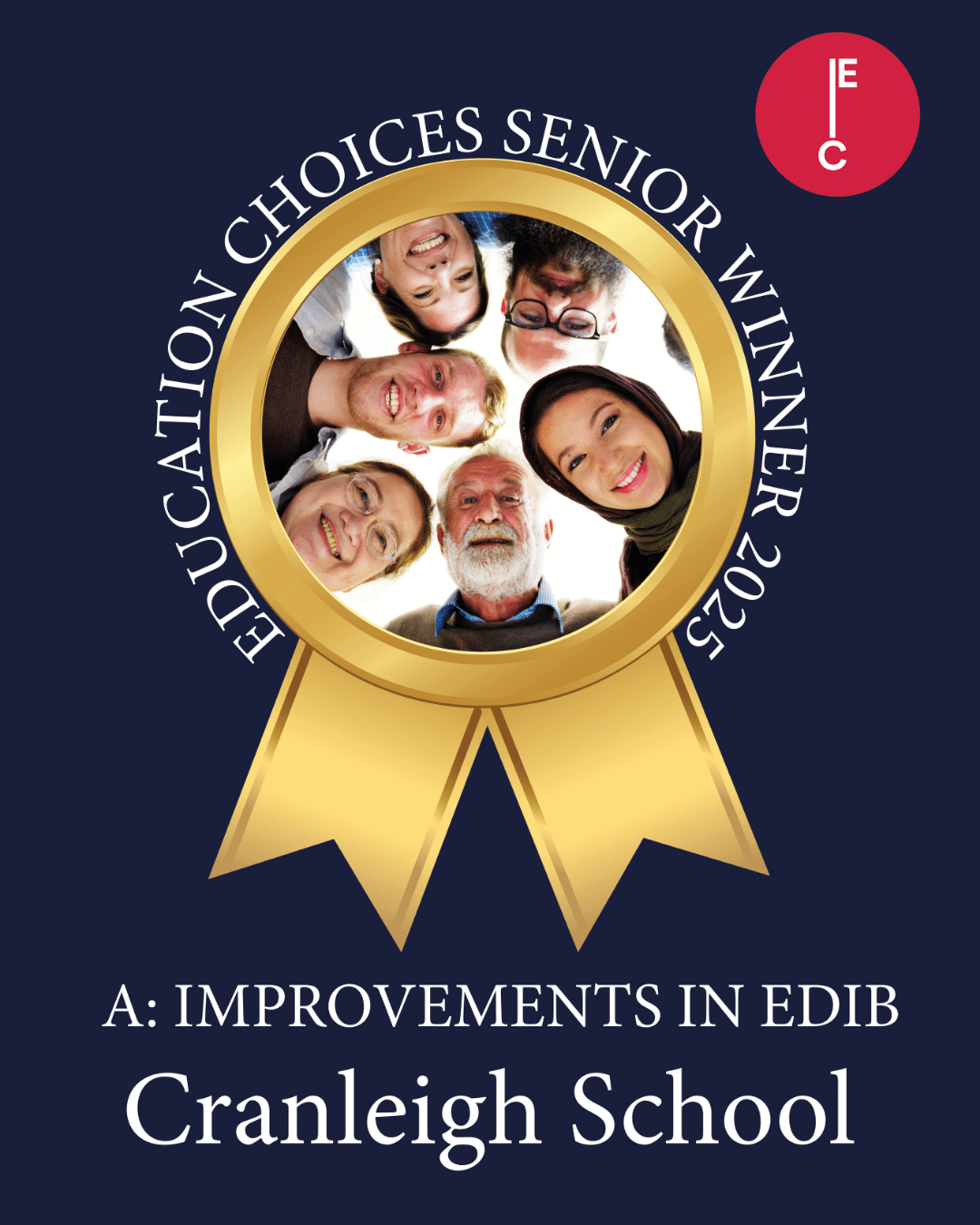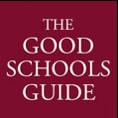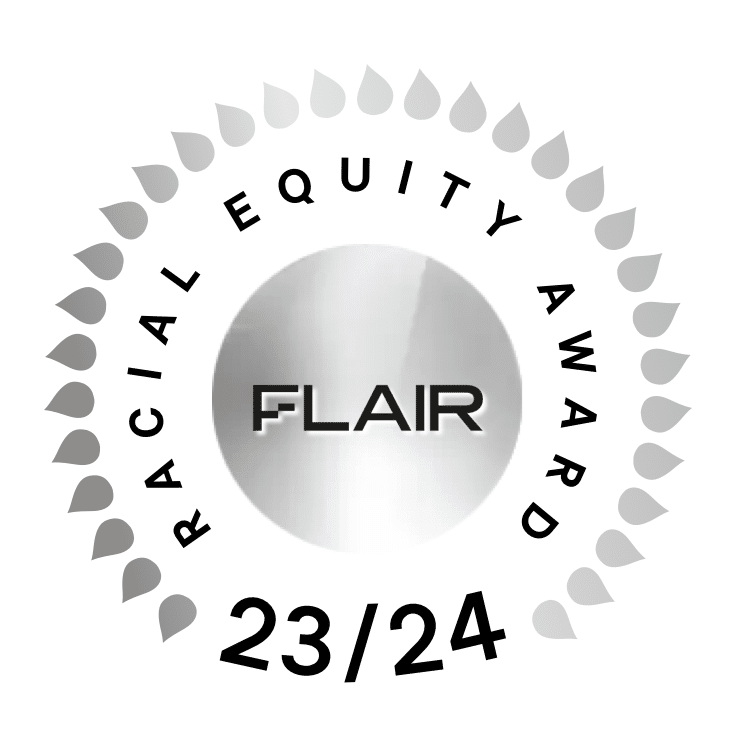The musical programme of the term got started in style this week with an unusual but fascinating hybrid of an informative lecture and inspiring live music. Marcus Pashley expanded upon the nature of baroque style, how it linked to architecture and the growth and development at this time in musical history. He drew the audience’s attention to the long flowing melodic lines, decorated and ornamented with interwoven textures and repetitive, driving rhythms, as well the dominance of the ‘basso continuo’ section of the orchestra. In the performance of Bach’s Violin Concerto in A Minor we heard the sparkling dexterity of Kevin Weaver’s solo playing, accompanied beautifully by the Merriman Chamber Orchestra. In the ‘Andante’ movement the solo part featured some really sensitive melodic lines and florid triplet passages. The third movement was very energetic, displaying complex techniques and a lively build up to the finish.
The second concerto performance was Vivaldi’s Flute Concerto ‘The Goldfinch’. In the introduction we heard that in paintings of the time there were often links between the symbol of the goldfinch and the suffering of Christ, depicted in this piece as virtuosic flute passages imitating birdsong, punctuated by strings. The central movement focused on the flute melody with only the continuo supporting the soloist, Andrew Thomas, whilst the finale showcased rushing scalic passages and plenty of trilling.
 After the interval the lecture introduced some of Bach’s life history and the origin of the Brandenburg Concertos. Marcus Pashley also explored some aspects of structure and form, explaining the need for patterns of repetition and contrast, and then talked through a diagram showing ritornello form. The fifth Brandenburg Concerto uses the violin, flute and harpsichord as solo instruments and is a prime example of the earliest stages in development of the keyboard concerto of the future. Expertly played by Philip Scriven we saw the harpsichord elevated to the prime position of soloist instead of languishing in the accompanying role. The second movement dwelt in a minor key and featured the three solo instruments potraying a more dream-like, improvisatory mood. The lively allegro movement combined elements of a fugal gigue with layered entries of the ternary form melody which led to a cheerful and buoyant ending. Expert composition and performing combined to make this a wonderful end to an extremely informative and enjoyable evening.
After the interval the lecture introduced some of Bach’s life history and the origin of the Brandenburg Concertos. Marcus Pashley also explored some aspects of structure and form, explaining the need for patterns of repetition and contrast, and then talked through a diagram showing ritornello form. The fifth Brandenburg Concerto uses the violin, flute and harpsichord as solo instruments and is a prime example of the earliest stages in development of the keyboard concerto of the future. Expertly played by Philip Scriven we saw the harpsichord elevated to the prime position of soloist instead of languishing in the accompanying role. The second movement dwelt in a minor key and featured the three solo instruments potraying a more dream-like, improvisatory mood. The lively allegro movement combined elements of a fugal gigue with layered entries of the ternary form melody which led to a cheerful and buoyant ending. Expert composition and performing combined to make this a wonderful end to an extremely informative and enjoyable evening.
